 |
|
| plants text index | photo index |
| coastal plants |
| Mata
pelandok or Seashore ardisia Ardisia elliptica Family Primulaceae updated Nov 2016 Where seen? This shrub with pink star-shaped flowers, and colourful leaves and berries is now widely planted in our coastal parks. In the wild, it is found in tidal swamps, muddy and sandy river banks of tidal estuaries, usually in places only occasionally flooded at the highest tides. It was previously known as Ardisia littoralis. Features: A shrub growing to 5m tall, with a single stem producing short perpendicular branches. Leaves eye-shaped (10cm long) leathery with veins hardly visible, arranged in a spiral. Young leaves somewhat pinkish. Twigs are swollen at the base and easily detached. Flowers small (1cm across) star-shaped, with five petals white or pink, in a cluster of 6-8 flowers. Fruit small (0.5-1cm) green berries ripening red to black. 'Mata pelandok' in Malay means 'Eye of the mousedeer' probably referring to its ripe black fruits. It is also called 'Mata ayam' or 'Eye of the chicken' and 'Mata itek' or 'Eye of the duck'. According to Tomlinson, from the structure of the flowers and the fact that these produce nectar and a fragrance, the plant seems to be pollinated by insects. But there are no records of flower visitors. It is said that birds and other small fruit-eating mammals eat the fruits. Human uses: According to Burkill, the young shoots were eaten in the Malay Peninsula. Medicinal uses include boiled leaves or roots used to treat heartache. Another Malay name is 'Daun bisa hati' or 'Heartache Leaf'. According to Wee, the Malays use a decoction of the leaves to treat heart pain. According to Giersen, the leaves are used to treat scabies and intestinal worms. Status and threats: It is listed as 'Endangered' on the Red List of threatened plants of Singapore. But in other parts of the world outside its natural range, this plant is considered an invasive introduced weed. Its ability to tolerate shade causes it to form dense carpets which exclude native plants. |
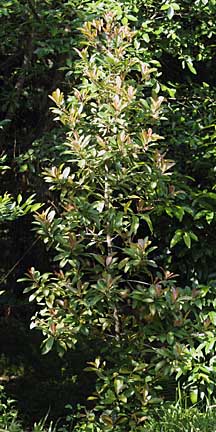 Planted specimen. Chek Jawa, Mar 09 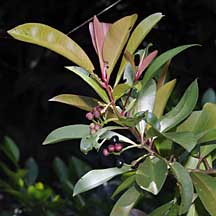 Chek Jawa, Mar 09 |
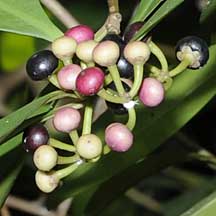 Sungei Buloh Wetland Reserve, Sep 09 |
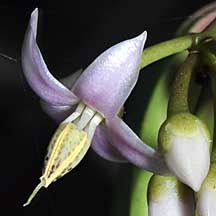 Pasir Ris, Apr 09 |
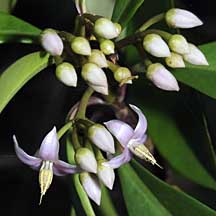 Pasir Ris, Apr 09 |
| Mata pelandok on Singapore shores |
| Photos of Mata pelandok for free download from wildsingapore flickr |
| Distribution in Singapore on this wildsingapore flickr map |
|
Links
References
|
|
|